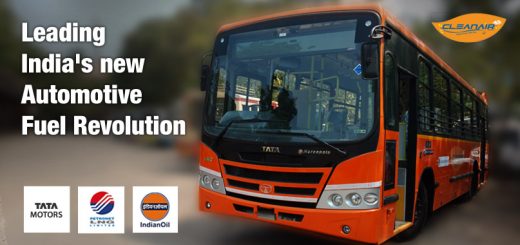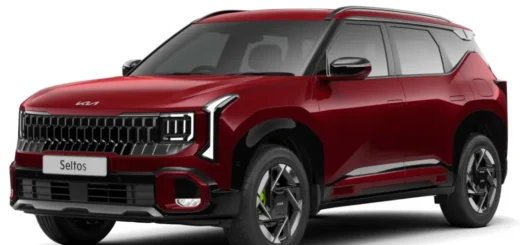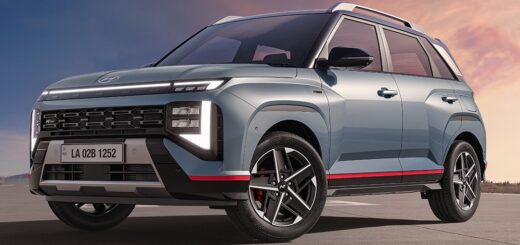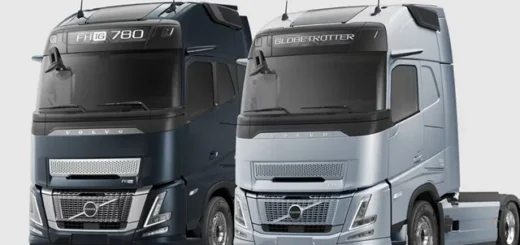LNG in India: Automotive Fuel Revolution?
India has to work out a ‘cleaner’ approach to Auto LNG, by locally developing renewable gas.
Europe is already surging ahead with Liquefied Natural Gas (LNG) or Biogas (renewable natural gas) for commercial vehicles. In India too, a lot of action is taking place in the LNG scene. Just last August, Union Government has notified revised gas cylinder norms for LNG stations, which is aimed to help establish a storage and supply chain for refueling stations through ‘daughter trucks’, just like for CNG stations in Delhi.
Also Read: Volvo FM, FH LNG-powered Trucks on par with Diesels
Home-grown Tata Motors has taken the lead interest in LNG, with the debut of country’s first LNG-powered Tata Marcopolo LNG Bus (LPO 1613) in Kerala late last year. In fact, the company was the first OEM here to come up with gas-run heavy truck Prima 4032.S LNG, displayed at 2014 Auto Expo. Eco-friendliness and soft price make it a compelling alternative fuel for the company. LNG is also cheaper than diesel by nearly 40 per cent and almost 15 per cent dearer than CNG as well.
It is also reported that other domestic CV makers including Ashok Leyland, Mahindra, and BharatBenz are developing LNG variants of their products. Scania, for instance, has already introduced ED95 engine series (Euro 4 compliant) in its products that can run almost completely on bio-fuels including Bio-CNG. In the supply side of the LNG, India’s largest importer of LNG Petronet, and Reliance Petroleum have expressed their interest in offering LNG at fuel stations.
Also Read: LNG as alternative fuel for Trucking: Europe takes the lead
Yet, the LNG dialogues happening in India are solely related to conventional natural gas that are non-renewable and purely imported. There is a need for a much `cleaner´ approach to auto LNG, by encouraging local and commercial production of Bio-methane. Both the government and the auto industry has to work together in this regard, so as to extract the real `eco´ benefits of using LNG on CVs.
Next, would you like to read more on LNG fuel?
*An edited version of this article has been published in the January 2018 edition of MotorIndia Magazine.












